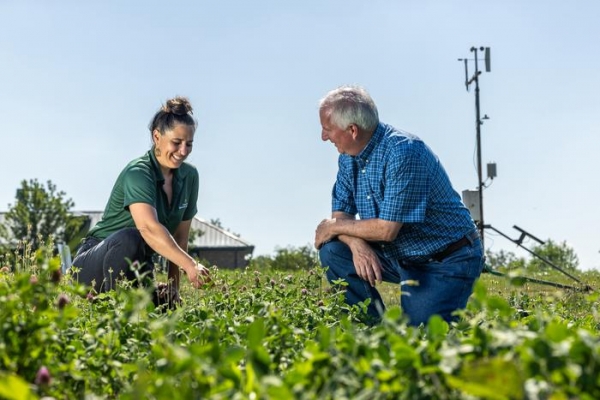Missouri is home to 95,000 farms — the second highest number of farms per state in the country.
articles
Pacific Northwest Snowpack Endangered by Increasing Heatwaves
Even in the precipitation-heavy Pacific Northwest, more frequent heatwaves are threatening a key source of water supply.
Pesticides and Adjuvants Disrupt Honey Bee’s Sense of Smell
It has long been known that exposure to pesticide sprays is harmful to honey bees.
Wildfires Also Impact Aquatic Ecosystems
In devastating cases dotting the globe in recent years, climate warming has led to an increase in the number and severity of destructive wildfires.
Ecosystem Benefits to Humanity Expected to Decline by 9% by 2100
As climate change redistributes terrestrial ecosystems across the globe, the world’s natural capital is expected to decrease, causing a 9% loss of ecosystem services by 2100.
Migratory Bats Can Detect the Earth’s Magnetic Field
Pipistrelle bats have a magnetic compass and calibrate it at sunset, according to a new study published in the journal Biology Letters.










